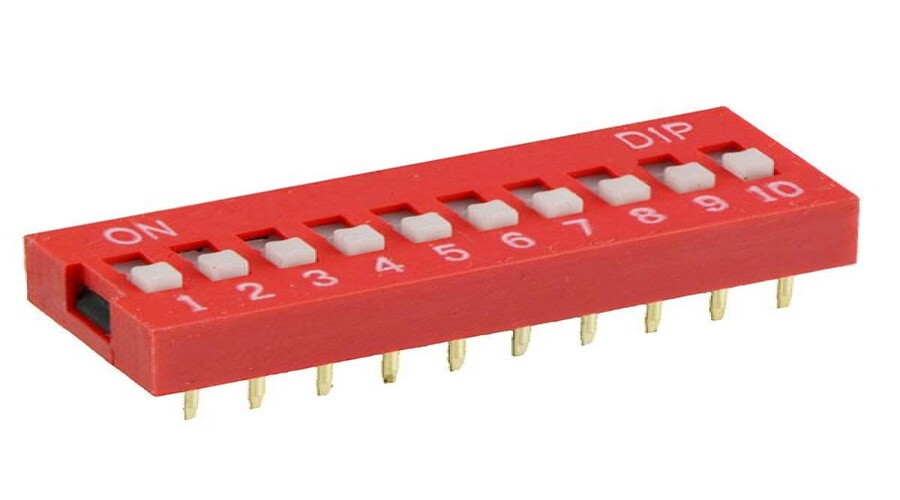
In modern electronics, the debate between manual configuration methods like DIP switches and digital interfaces (e.g., touchscreens, IoT-enabled controllers) continues to shape design priorities. While digital solutions offer dynamic adaptability, DIP switches remain a cornerstone for applications prioritizing reliability, simplicity, and cost efficiency. This guide explores scenarios where manual configuration using DIP switches outperforms digital alternatives, with a focus on the 10-Way DIP DIL Red PCB Switch as a practical solution for industrial and commercial applications.
Strengths in Simplicity
DIP switches are electromechanical devices that allow users to toggle settings directly on a circuit board. Unlike digital interfaces reliant on software or connectivity, DIP switches operate independently of power sources and software updates, making them immune to hacking, firmware corruption, or connectivity issues.
Key advantages include:
1. Zero Latency: Instant configuration without boot-up delays or software glitches.
2. Low Power Consumption: No energy required for operation, ideal for battery-dependent systems.
3. Durability: Robust construction withstands extreme temperatures, vibrations, and humidity—critical for industrial machinery or automotive systems.
The 10-Way DIP DIL Red PCB Switch exemplifies these traits with its gold-plated contacts (ensuring low-resistance connections) and SPST design, supporting up to 25mA current and 24VDC voltage. Its vertical mounting and clear on/off markings simplify setup in high-density PCB layouts.
Digital Interfaces: Flexibility vs. Complexity
Digital interfaces dominate consumer electronics due to their adaptability. Features like remote updates, real-time data visualization, and user-friendly interfaces enhance functionality. However, these benefits come with trade-offs:
• Dependency on Software: Requires regular updates and cybersecurity measures.
• Integration Costs: Complex programming and hardware compatibility checks increase development time.
• Risk of Human Error: Misconfigurations in multi-layered systems can lead to operational failures.
When to Choose Manual Configuration with DIP Switches
1. Legacy System Upgrades
Retrofitting older equipment with digital interfaces often requires costly redesigns. DIP switches integrate seamlessly into legacy systems, enabling quick parameter adjustments without overhauling hardware.
2. High-Vibration Industrial Settings
Machinery subject to constant movement (e.g., robotics, conveyor systems) benefits from DIP switches’ mechanical stability. The 10-Way DIP DIL Red PCB Switch’s gold-plated contacts resist wear, ensuring longevity in harsh conditions.
3. Safety-Critical Applications
In medical devices or aviation, manual overrides prevent unauthorized software changes. DIP switches act as fail-safes, allowing technicians to lock configurations during critical operations.
4. Cost-Sensitive Prototyping
Startups and OEMs often favor DIP switches for rapid prototyping. The 10-Way DIP DIL Red PCB Switch supports batch testing across voltage/current ranges, reducing R&D expenses compared to custom digital solutions.
Product Spotlight: 10-Way DIP DIL Red PCB Switch
The 10-Way DIP DIL Red PCB Switch is engineered for versatility:
• 2.54mm Pitch: Standardized spacing simplifies integration with headers and connectors.
• Gold-Plated Contacts: Corrosion-resistant and durable for 10,000+ cycles.
• Clear Labeling: Red bodies and on/off indicators enhance visibility in low-light environments.
Applications include:
• Industrial control panels (e.g., PLCs, motor starters).
• Embedded systems requiring fixed parameter locks.
• IoT edge devices needing failsafe manual overrides.
Why Manual Configuration Still Matters in a Digital World
While digital interfaces drive innovation, DIP switches solve challenges that software-only solutions cannot. They eliminate dependency on third-party software, reduce attack surfaces, and provide instant, tactile feedback—advantages that resonate with engineers and end-users alike.
For businesses seeking a balance between adaptability and reliability, the 10-Way DIP DIL Red PCB Switch bridges the gap. Its scalable design supports both small-batch prototyping and large-scale manufacturing, offering flexibility without compromising durability. For applications demanding simplicity, longevity, and zero software dependencies, DIP switches remain the logical choice.
Visit our Website to explore bulk pricing, technical specs, and custom options for the 10-Way DIP DIL Red PCB Switch. Contact our team today to discuss how manual configuration can optimize your product’s performance.
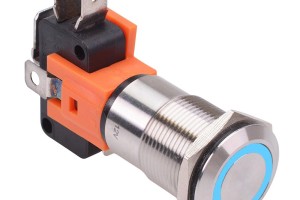
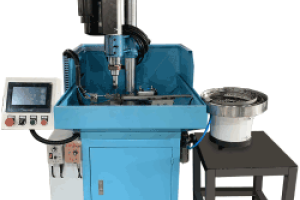
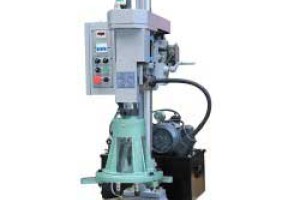
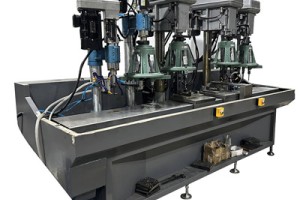
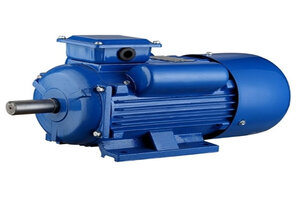
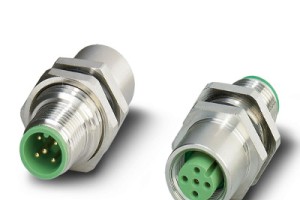
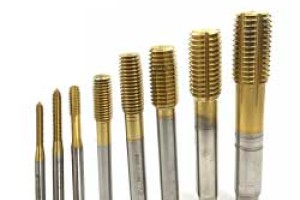
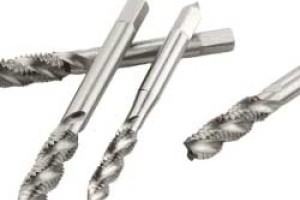
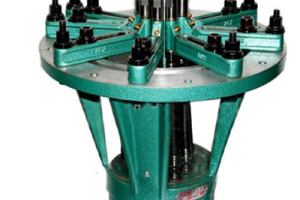
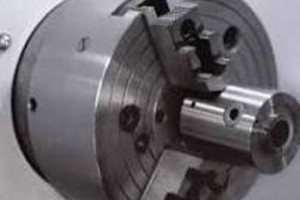
Leave a comment